Product pictures
| Amount Per 0.5 cup | |||
| Calories | 290 Kcal (1214 kJ) | ||
| Calories from fat | 216 Kcal | ||
| % Daily Value* | |||
| Total Fat | 24g | 37% | |
|---|---|---|---|
| Saturated Fat | 4.5g | 23% | |
| Cholesterol | 45mg | 15% | |
| Sodium | 770mg | 32% | |
| Total Carbs | 4g | 1% | |
| Sugars | 2g | 8% | |
| Protein | 13g | 26% | |
| Vitamin A | 0.1mg | 2% | |
| Iron | 0.9mg | 5% | |
* Percent Daily Values are based on a 2000 calorie diet. Your daily values may be higher or lower depending on your calorie needs.
Find out how many calories should you eat.
Ingredients And Nutrition Overview
Best
choice Good
choice Poor
choice Avoid
it!
choice Good
choice Poor
choice Avoid
it!
-
WeightWatchers Points: 7.8, PointsPlus: 8, SmartPoints: 9
WeightWatchers Points are estimated by carbohydrates, fats, protein and fiber in product. They are not an affirmation of better quality or nutritional value of the product or its manufacturer. Only way to count for dieters. Less points are better.
Read more at Weight watchers diet review -
Over 25% of daily saturated fat!
Bad! More 25% of daily saturated fat!
For years Saturated fat was claimed to raise cholesterol levels and give us heart attacks. Today different studies refute this claim. They say, that replacing saturated fat with carbohydrates or refined starch or sugar is not changing the heart disease risk. Not processed carbs nor saturated fats are good for you. Only if you replace it with polyunsaturated fat, you'll get a reduction in heart disease risk. So try to have a balanced diet. -
Keep an eye on the cholesterol.
Today cholesterol is no longer a villain. The 2010's USDA guidelines told us to limit cholesterol from foods
Now experts say cholesterol is "not a nutrient of concern" because cholesterol from foods doesn't cause higher blood cholesterol levels.
Nevertheless try to consume no more than 300 milligrams daily.
This product contains more than 15% of your daily cholesterol intake.
If you still are on a low cholesterol diet, please keep in mind:
- nutritionists are not recommending you go out and binge on cheeseburgers and fries.
- 10% of your daily allowance can quickly become 50% when a hamburger turns into double cheeseburger.
-
Want to lower the cholesterol intake? Here are some advices:
- Try to limit your cheese, dairy and meat intake to one item per meal.
- Avoid meals with multiple sources of cholesterol (chicken with cheese, junk food)
- Try to indclude in your diet low- or nonfat dairy, seafood, legumes and nuts.
- Choose water instead of milk for your coffee.
-
Salty! Has over 32% of the daily sodium max
The average American consumes 5,000 mg of sodium daily — twice the recommended amount amount of 2400mg for healthy adults, this is 1 teaspoon of salt.
For medical reasons many people should not exceed 1500mg of sodium.
Surprisingly, you're responsible for only 15% of the sodium in your diet the bigger part - 75% of the sodium that you consume each day comes from processed foods, not home cooking or the salt shaker.
Excess sodium intake increases the risk of high blood pressure, hypernatremia, hypertension, cardiovascular disease and other heart problems.
Are these reasons enough to cut the sodium intake? No doubt! -
Convert Salt tsps to Sodium mg easily
Salt (NaCl) is not excactly sodium (Na).
It is not right to use these terms as synonyms.
The FDA recommended limit of sodium is 2,300 mg per day (or even less - about 1500 mg while one is on low sodium diets).
This is much less than the weight of salt.
(5,750 mg per day or 3,750 mg for low sodium diet) and not so convenient to calculate.
Know how much sodium is in your salt - without a calculator:
1/4 tsp salt = 600 mg sodium
1/2 tsp salt = 1200 mg sodium
3/4 tsp salt = 1800 mg sodium
1 tsp salt = 2300 mg sodium -
Great! Contains less than 1.5 tsp of sugar.
Great! Contains less than 1.5 tsp of sugar per serving!
-
Carrageenan is an additive made from seaweed.
It is used as a thickener in products such as ice cream, jelly, chocolate milk, infant formula, cottage cheese.
It is a vegetarian and vegan alternative to gelatin.
It has been used for hundreds of years in Ireland and China, but only made headway into modern food processing in the last 50 years.
The processing steps after harvesting the seaweed include drying, grounding, filtration, treatment with potassium hydroxide, removal of cellulose by centrifuge, concentration by evaporation, drying, and grounding.
Interestingly, the Philippines account for the vast majority of the world supply of carrageenan.
In some animal studies, carrageenan was shown to cause intestinal lacerations and tumors.
A 2001 meta-study of 45 peer-reviewed studies concluded that carrageenan consumption may result in gastrointestinal malignancy and inflammatory bowel.
The FDA has approved carrageenan as safe, basing its decision on industry funded studies.
European agencies and the World Health Organization have also deemed carrageenan safe, with the exception of infant formula.
The fear is the a baby's gut may be unable to handle the large carrageenan molecules.
In some individuals carrageenan may cause intestinal discomfort or worse. -
Contains MSG!
Monosodium Glutamate is used as a flavor enhancer with an umami taste that intensifies the meaty, savory flavor of food.
Naturally occurring glutamate does it in foods such as stews and meat soups.
Despite the fact that MSG is one of the most extensively studied food ingredients and is generally recognized as safe (GRAS) by FDA.
Some people should steer away from it as they feel that react adversely to MSG.
MSG is generally found in processed, low-quality foods, stuff that you shouldn’t be eating much.
REMEMBER: Any food ingredient listed as hydrolyzed, protein-fortified, ultra-pasteurized, fermented or enzyme-modified is often MSG, or creates free glutamic acid during processing. -
Product contains sulfites
Sulfites (sulphites) are inorganic salts that are used as antioxidant of food preservative or enhancer.
They may appear on food labels in various forms, such as: sulfur dioxide, potassium bisulfite, potassium metabisulfite, sodium bisulfite, sodium metabisulfite or sodium sulfite
Although sulphites do not cause a true allergic reaction, people with sensitivity to sulfites may experience similar reactions as those with food allergies.
Those who have asthma are most at risk to sulphite sensitivity.
BTW sulfites are included in the ten priority food allergens in Canada. -
Has EDTA, on FDA's toxicity watchlist
Ethylenediaminetetraacetic acid (EDTA) is a chemical added to certain foods and beverages to keep their color and flavor.
EDTA is known as a persistent organic pollutant. It resists degradation from biological, chemical, and photolytic processes.
It may irritate the skin or cause skin rash and even asthma.
It is is generally recognized as safe by FDA, but is on it's list of food additives to be studied for toxicity. -
Sodium erythorbate, will it keep you safe?
It's a new type of additive and is a synthetic variation of ascorbic acid - Vitamin C.
It is used to keep a wide variety of foods fresh - from meats and canned fruits and vegetables to wines, jams and soft drinks.
During the process of cooking or digestion of certain processed meats, nitrites in them combine with naturally present amines and form carcinogenic N-nitroso compounds, which are associated with cancer.
Sodium erythorbate (or ascorbic acid) helps to prevent the formation of these cancer-causing chemicals.
Allergens
Eggs Allergy, Soy Allergy, Sulfites Allergy, Corn Allergy
Ham salad Ingredients
Cooked Ham (Water, Salt, Cane and Maple Sugar, Sodium Tripolyphosphate, Monosodium Glutamate, Sodium Erythorbate, Sodium Nitrite, Flavoring), Mayonnaise (Soybean Oil, Whole Eggs and Egg Yolks, Water, Vinegar, Salt, Sugar, Lemon Juice, Natural Flavors, Calcium Disodium EDTA to Protect Quality), Pickle Relish (Cucumbers, High Fructose Corn Syrup, Water, Vinegar, Salt, Calcium Chloride, Xanthan Gum, Sodium Benzoate as Preservative, Natural Flavoring, Turmeric, Alum, Polysorbate 80), Celery, Onions, Lemon Juice [Water, Lemon Juice Concentrate, Sodium Metabisulfite and Sodium Benzoate (Preservatives)], Water, White Pepper, Red Color [Water, High Fructose Corn Syrup, Glycerine, FD&C Red 40 (E129), Sugar, Modified Food Starch, FD&C Red 3 (E127), Carrageenan, Potassium Sorbate and Sodium Benzoate as Preservative, Xanthan Gum, Citric Acid].
You Might Also Like
% RDI of Main Nutrition Facts
15%
of RDI* (290 calories) 118.3 g
-
Cal: 14.5 %
-
Fat: 36.9 %
-
Carb: 1.3 %
-
Prot: 26 %
-
0%25%75%RDI norm*
Calories Breakdown
- Carbs (5.6%)
- Fat (76.1%)
- Protein (18.3%)
Get Your Recipe of Health!
Follow RecipeOfHealth on Facebook!

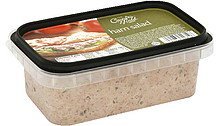
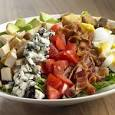
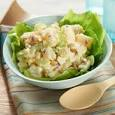
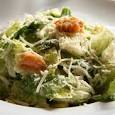
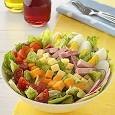

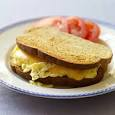
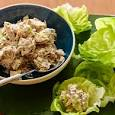
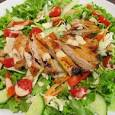
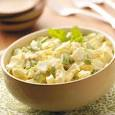
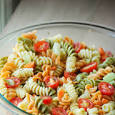
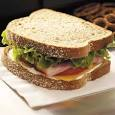
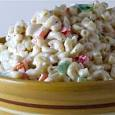
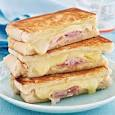
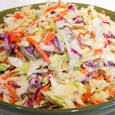
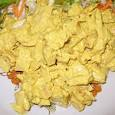
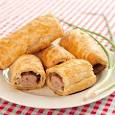
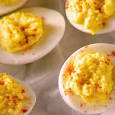
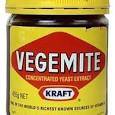
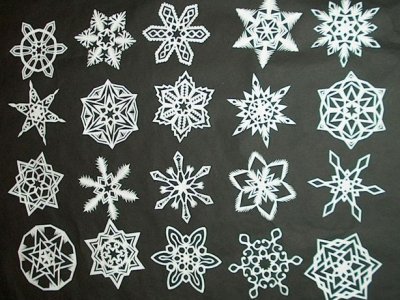
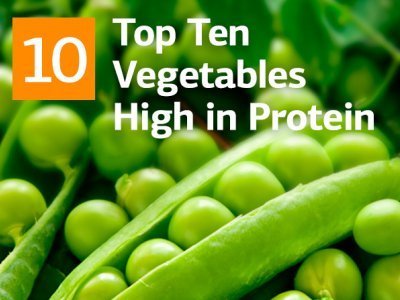

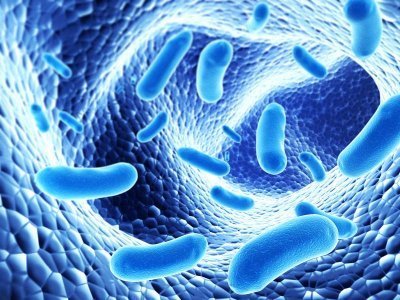





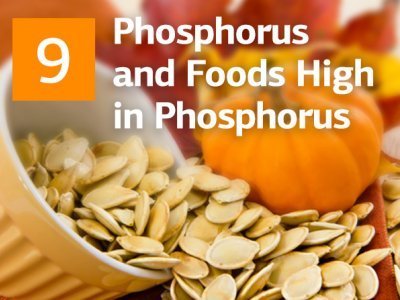
Add your comment